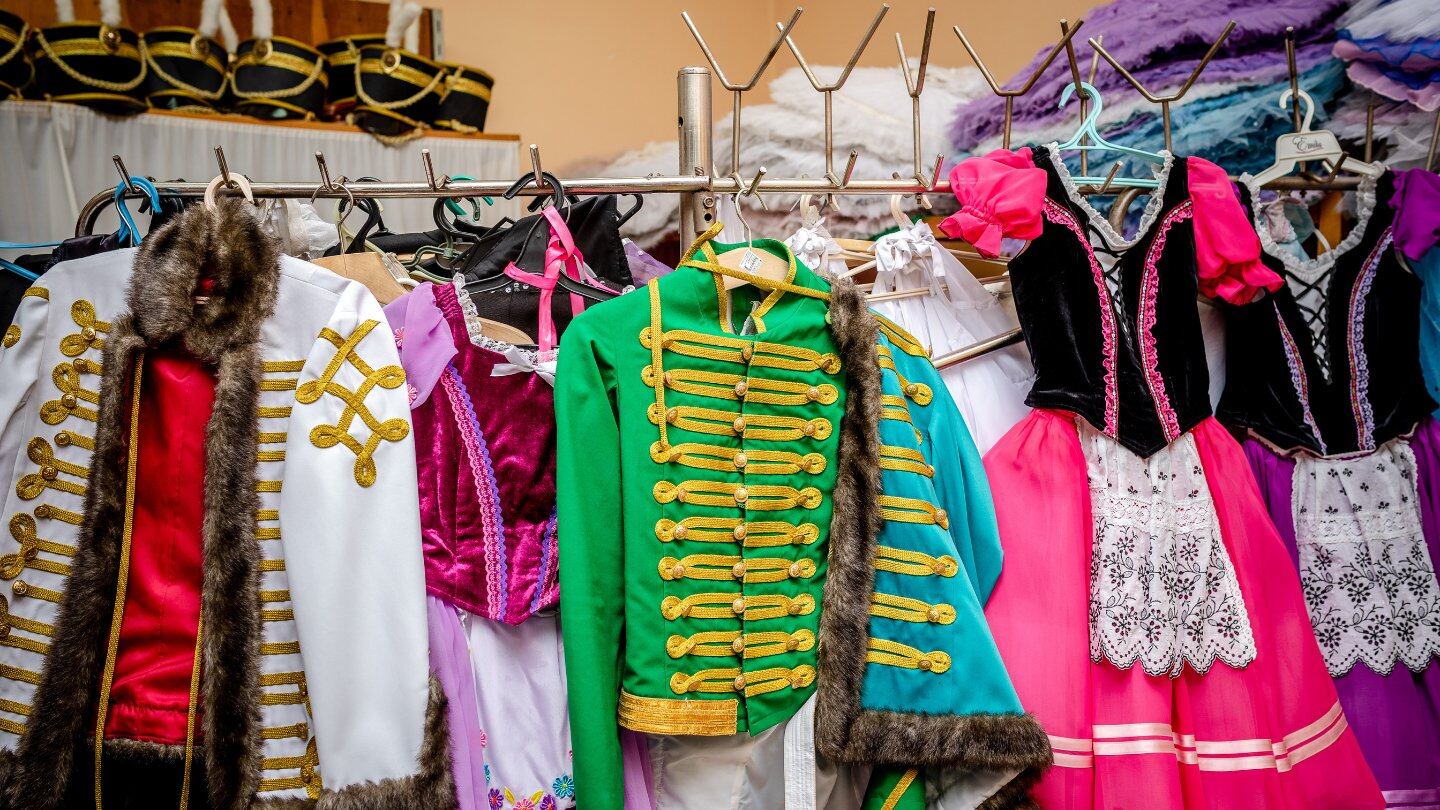

Articles
How To Store Dance Costumes
Modified: August 25, 2024
Learn how to properly store dance costumes with these helpful articles. Keep your costumes in great condition for years to come.
(Many of the links in this article redirect to a specific reviewed product. Your purchase of these products through affiliate links helps to generate commission for Storables.com, at no extra cost. Learn more)
Introduction
As a dancer, your costumes are not just pieces of clothing; they are an essential part of your performance and artistic expression. Whether you are a professional dancer or simply enjoy dancing as a hobby, it’s crucial to properly store your dance costumes to ensure their longevity and preserve their quality. In this article, we will discuss various tips and techniques on how to store dance costumes effectively.
Properly storing your dance costumes is essential for maintaining their shape, color, and overall condition. By following these guidelines, you can ensure that your costumes stay in excellent condition and are always ready for your next performance or dance session.
Key Takeaways:
- Properly storing dance costumes is crucial for maintaining their quality and longevity. From cleaning and folding to using garment bags and repelling pests, these tips ensure your costumes stay in pristine condition for future performances.
- Organizing and labeling costumes by category streamlines preparation and management. Regular inspections and maintenance of the storage area are essential for preserving the quality of dance costumes and ensuring easy accessibility.
Read more: How To Store Costume Jewelry
Clear and Clean the Costumes
Before storing your dance costumes, it’s important to clear them of any loose threads, lint, or dirt. Carefully inspect each costume for any damages, such as missing buttons, broken zippers, or loose sequins. Repair any minor damages before storing them to prevent further deterioration.
Once you have cleared the costumes of any surface debris, it’s time to give them a thorough cleaning. Different types of dance costumes require different cleaning methods. Follow the care instructions provided by the manufacturer or consult with a professional cleaner if you’re unsure.
For machine washable costumes, use a gentle cycle with mild detergent. Be sure to place delicate items in a mesh laundry bag to prevent them from getting snagged or tangled. For hand-washable costumes, gently wash them in lukewarm water with a mild detergent, taking care not to rub or wring them excessively.
After washing, allow the costumes to air dry completely. Avoid direct sunlight or high heat as this can cause fading or shrinkage. Once dry, gently steam or iron them at a low temperature if needed, remembering to use a pressing cloth to protect delicate fabrics.
By starting with clean and well-maintained costumes, you are setting the foundation for proper storage and preservation.
Choose an Appropriate Storage Space
The first step in storing dance costumes is to find a suitable storage space. Ideally, you should choose a cool, dry, and well-ventilated area. Avoid locations that are prone to extreme temperatures, humidity, or direct sunlight as they can damage the costumes over time.
If possible, designate a specific area or closet solely for your dance costumes. This will help keep them organized and protected from other items that may cause damage, such as sharp objects or liquids. Consider installing shelves or hanging rods to maximize space and keep costumes neatly arranged.
Additionally, it’s important to keep the storage space clean and free from dust. Regularly dust the shelves or vacuum the floor to prevent dust particles from settling on the costumes.
When selecting a storage space, consider the volume of costumes you have and the accessibility you need. If you have a large collection, you may want to consider renting a storage unit with climate control to ensure optimal conditions for your costumes.
Remember, the goal is to create a space that is dedicated to preserving and protecting your dance costumes, so choose an appropriate storage area accordingly.
Use Acid-Free Tissue Paper for Delicate Costumes
Delicate dance costumes, such as those made of silk, satin, or lace, require special care during storage. To prevent damage and help them maintain their shape, it’s recommended to use acid-free tissue paper when folding or wrapping these costumes.
Acid-free tissue paper is made from pH-neutral materials, which helps prevent discoloration and deterioration of fabrics over time. It provides a protective barrier between the costume’s folds, preventing them from rubbing against each other and causing friction damage.
Before folding your delicate costumes, lay a sheet of acid-free tissue paper on a clean, flat surface. Gently place the costume on top of the tissue paper and fold it carefully, following the natural lines of the garment. For extra protection, you can place additional sheets of tissue paper between the folds to create cushioning.
If you prefer to hang your delicate costumes, you can still use acid-free tissue paper. Wrap each costume individually with the tissue paper to protect it from dust and keep it separated from other garments in your wardrobe. This will help maintain their quality and prevent any potential damage.
Remember, the use of acid-free tissue paper is crucial in preserving the delicate fabrics of your dance costumes, ensuring they stay in excellent condition for years to come.
Fold Costumes Properly
Proper folding is key to maintaining the shape and structure of your dance costumes. Folding them incorrectly can result in creases, wrinkles, and even permanent damage. Follow these steps to ensure your costumes are folded properly:
- Start by laying the costume flat on a clean, smooth surface. Smooth out any wrinkles or folds, gently stretching the fabric if necessary.
- Fold the costume in half vertically, aligning the edges as closely as possible. This will create a long, narrow shape.
- Next, fold the costume in half horizontally, bringing the bottom edge up to meet the top edge. Again, ensure that the edges are aligned.
- If the costume is still too long to fit in your storage space, you can make additional folds. However, it’s essential to avoid making tight or sharp creases that could damage the fabric.
- Once folded, carefully place the costume in a storage container or on a shelf. Avoid stacking too many costumes on top of each other to prevent unnecessary pressure and crushing.
Remember to use acid-free tissue paper between the folds, especially for delicate costumes, to provide an extra layer of protection against friction and potential damage.
By folding your costumes properly, you minimize the risk of creasing and ensure that they retain their original shape and appearance over time.
Read more: How To Store Halloween Costumes
Hang Costumes with Care
Some dance costumes, such as tutus or garments with intricate beadwork, are best stored by hanging to preserve their shape and prevent damage. Follow these tips to hang your costumes with care:
- Choose sturdy, padded hangers to provide proper support for the costumes. Avoid using wire hangers as they can cause distortion or stretching.
- Before hanging the costume, ensure that it is clean and free from any loose threads or debris. It’s also a good idea to give the costume a light steam or iron to remove any wrinkles.
- Loop the hanger through the shoulder seams of the costume. Avoid hanging the costume by straps or thin fabric, as this can cause stretching or distortion.
- Check that the costume is hanging freely without any areas touching the bottom of the storage space or touching other costumes. This helps prevent creases or damage.
- If the costume has a long skirt or train, consider folding it over the hanger bar to prevent dragging on the floor and potential tearing or snagging.
For added protection, you can cover the hanging costume with a breathable cloth or garment bag. This will shield it from dust and prevent it from rubbing against other clothes.
It’s important to note that not all costumes are suitable for hanging. Beaded or heavily embellished costumes can be quite heavy and may lose their shape when hung. In such cases, it’s best to fold and store them using the appropriate techniques discussed earlier.
By hanging your costumes with care, you’ll help maintain their shape, prevent wrinkles, and ensure easy accessibility for your next dance performance.
Store dance costumes in a cool, dry place away from direct sunlight to prevent fading and damage. Use garment bags or plastic bins to protect them from dust and pests.
Consider Using Garment Bags for Extra Protection
To provide an extra layer of protection for your dance costumes, consider using garment bags. Garment bags are a great investment as they help protect your costumes from dust, moisture, and potential damage.
When selecting garment bags, opt for breathable, non-plastic materials such as cotton or nylon. These materials allow air circulation, preventing the build-up of moisture that can lead to mildew or mold.
Place each costume in its own garment bag, ensuring that it has enough room to hang freely without being cramped. Avoid overcrowding the garment bags, as this can cause wrinkles or creases in the costumes.
Garment bags also serve as an additional barrier to protect your costumes from accidental spills or contact with other items in your storage space. They help prevent snagging, tearing, or color transfer that can occur when costumes come into direct contact with other garments.
When hanging costumes in garment bags, make sure the bags are securely zipped or fastened to keep out dust and pests. If possible, choose garment bags with clear panels or labels that allow you to easily identify which costume is inside without having to open each bag.
Keep in mind that while garment bags provide protection, they should not be a substitute for properly cleaning and maintaining your dance costumes. Regularly inspect the costumes and the garment bags for any signs of damage, and make any necessary repairs or replacements.
By using garment bags, you can add an extra layer of protection to your dance costumes, ensuring they remain in pristine condition and ready to be worn for your next performance.
Label and Organize Costumes by Category
Keeping your dance costumes organized and easily accessible is essential for streamlining your preparation process. One effective way to achieve this is by labeling and organizing your costumes by category.
Start by categorizing your costumes based on their purpose, style, or genre. For example, you can have categories such as ballet, jazz, tap, contemporary, or specific themes like fairytales, historical, or holiday. Choose a labeling system that works best for you, such as color-coded tags, labels, or even digital inventory management tools.
Labeling each costume with its designated category helps you quickly locate the desired costumes when needed. It saves you time and energy during the hectic moments before performances or rehearsals.
Once you have sorted your costumes into categories, consider storing them in separate containers or sections within your storage space. This further enhances the organization and allows for easy access to specific styles or genres of costumes.
For example, you could use plastic bins, storage boxes, or shelving units to separate and store costumes by category. Clear bins or boxes with labels are particularly useful as they provide a visual reference, allowing you to quickly identify and retrieve the desired costume.
In addition to labeling and categorizing, it’s a good practice to create an inventory list. This list should include details about each costume, such as its name, description, size, and any unique features. By maintaining an inventory, you can easily track and manage your costume collection, ensuring nothing gets misplaced or forgotten.
Regularly review and update your inventory list as you add or remove costumes from your collection. This helps you maintain an accurate record of what you have and aids in planning and budgeting for future performances or events.
By labeling and organizing your costumes by category, you’ll have a well-structured storage system that enables easy retrieval and efficient management of your dance costume collection.
Use Mothballs or Cedar Chips to Repel Pests
Pests such as moths and silverfish can wreak havoc on your dance costumes by feeding on the fabric, leaving behind unsightly holes or stains. To protect your costumes from these pests, consider using mothballs or cedar chips.
Mothballs, made of either naphthalene or paradichlorobenzene, are effective at repelling moths and other fabric-damaging insects. Place a few mothballs in the storage containers or bags where you store your costumes. Make sure the containers are tightly sealed to prevent the odor from permeating the costumes.
Cedar chips are another natural option for repelling pests. Cedar has natural oils that act as a deterrent to insects. Place cedar chips in small fabric pouches or perforated bags and distribute them among your costume storage containers or hanging wardrobes. The cedar scent will help repel pests, while also providing a pleasant aroma.
It’s important to note that while mothballs and cedar chips are effective at repelling pests, they do have a distinct odor. Ensure proper ventilation in your storage area to prevent the scent from becoming too overpowering.
When using mothballs or cedar chips, remember to handle them with care. Keep them away from children and pets, as they can be toxic if ingested. Additionally, avoid direct contact between the costumes and the mothballs or cedar chips to prevent any potential damage or staining.
Regularly check your storage area for signs of pests, such as moth larvae or droppings. If you come across any infested costumes, immediately remove and isolate them to prevent further spreading of the pests.
By using mothballs or cedar chips, you can safeguard your dance costumes from destructive pests, keeping them in pristine condition for future performances.
Read more: Loofah Costumes: How To Make
Regularly Inspect and Maintain the Storage Area
Keeping your storage area clean and well-maintained is crucial for preserving the quality of your dance costumes. Regular inspections and maintenance routines can help identify and address potential issues before they cause significant damage. Here are some tips for maintaining your storage area:
1. Dust and Clean: Regularly dust the shelves, storage containers, and any surfaces in your storage area. Dust can accumulate and settle on your costumes, causing them to appear dull or dirty. Use a soft cloth or a feather duster to remove dust gently.
2. Vacuum or Sweep: Depending on the type of flooring in your storage space, vacuum or sweep the area to remove any debris that may attract pests or cause damage to your costumes.
3. Inspect for Signs of Pests: Periodically check for signs of pests, such as droppings, holes in fabric, or webbing. If you notice any indication of pests, take immediate action to eliminate them and prevent further infestation.
4. Organize and Reevaluate: Regularly assess your costume collection and storage system. Determine if any costumes need repair or cleaning and if any adjustments can be made to improve organization and accessibility. This is also an opportunity to declutter and remove any costumes that are no longer used.
5. Maintain Proper Climate: Ensure that the storage area maintains a consistent temperature and humidity level. Extreme temperature fluctuations or high humidity can cause damage to the fabric and may promote the growth of mold or mildew. Consider using a dehumidifier or moisture absorbers to control humidity levels.
6. Monitor Lighting: Limit the exposure of your costumes to direct sunlight or harsh artificial light, as these can cause fading or discoloration over time. If possible, choose a storage area with minimal exposure to light or use opaque storage containers to shield the costumes from light.
7. Check Seals and Containers: Regularly inspect the seals, zippers, and closures on your storage containers or garment bags. Ensure they are intact and functioning properly to prevent dust, moisture, or pests from entering.
By incorporating these maintenance practices into your routine, you can significantly prolong the lifespan of your dance costumes and maintain their pristine condition for future performances.
Conclusion
Properly storing your dance costumes is essential for preserving their quality, ensuring their longevity, and protecting your investment. By following the tips and techniques discussed in this article, you can maintain the beauty and integrity of your costumes for years to come.
Start by clearing and cleaning your costumes, removing any loose threads or debris. Choose an appropriate storage space that is cool, dry, and well-ventilated to prevent damage from temperature fluctuations or humidity. Use acid-free tissue paper for delicate costumes, folding them carefully to maintain their shape.
Consider hanging costumes with care, using sturdy, padded hangers, and protect them further with garment bags to shield them from dust and potential damage. Label and organize your costumes by category, making it easier to locate specific styles or genres quickly.
To safeguard your costumes from pests, use mothballs or cedar chips, taking precautions to prevent direct contact with the costumes. Regularly inspect and maintain your storage area by dusting, cleaning, and monitoring for signs of pests or other issues.
Remember, proper storage and maintenance not only keep your costumes in excellent condition, but also make it easier for you to access and prepare for performances or dance sessions. Treat your dance costumes with care, and they will continue to enhance your performances and bring joy to your dancing endeavors.
Frequently Asked Questions about How To Store Dance Costumes
Was this page helpful?
At Storables.com, we guarantee accurate and reliable information. Our content, validated by Expert Board Contributors, is crafted following stringent Editorial Policies. We're committed to providing you with well-researched, expert-backed insights for all your informational needs.

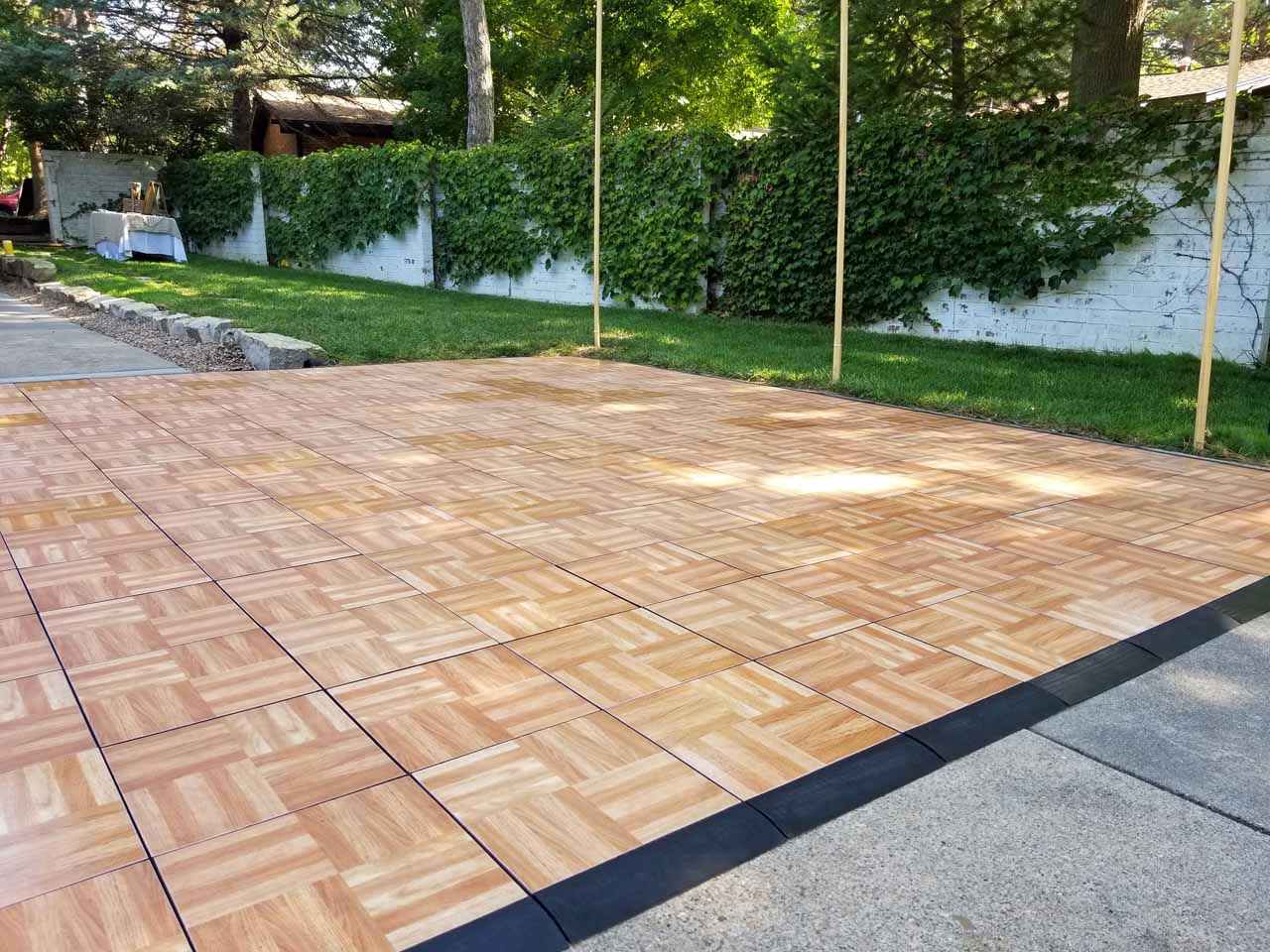
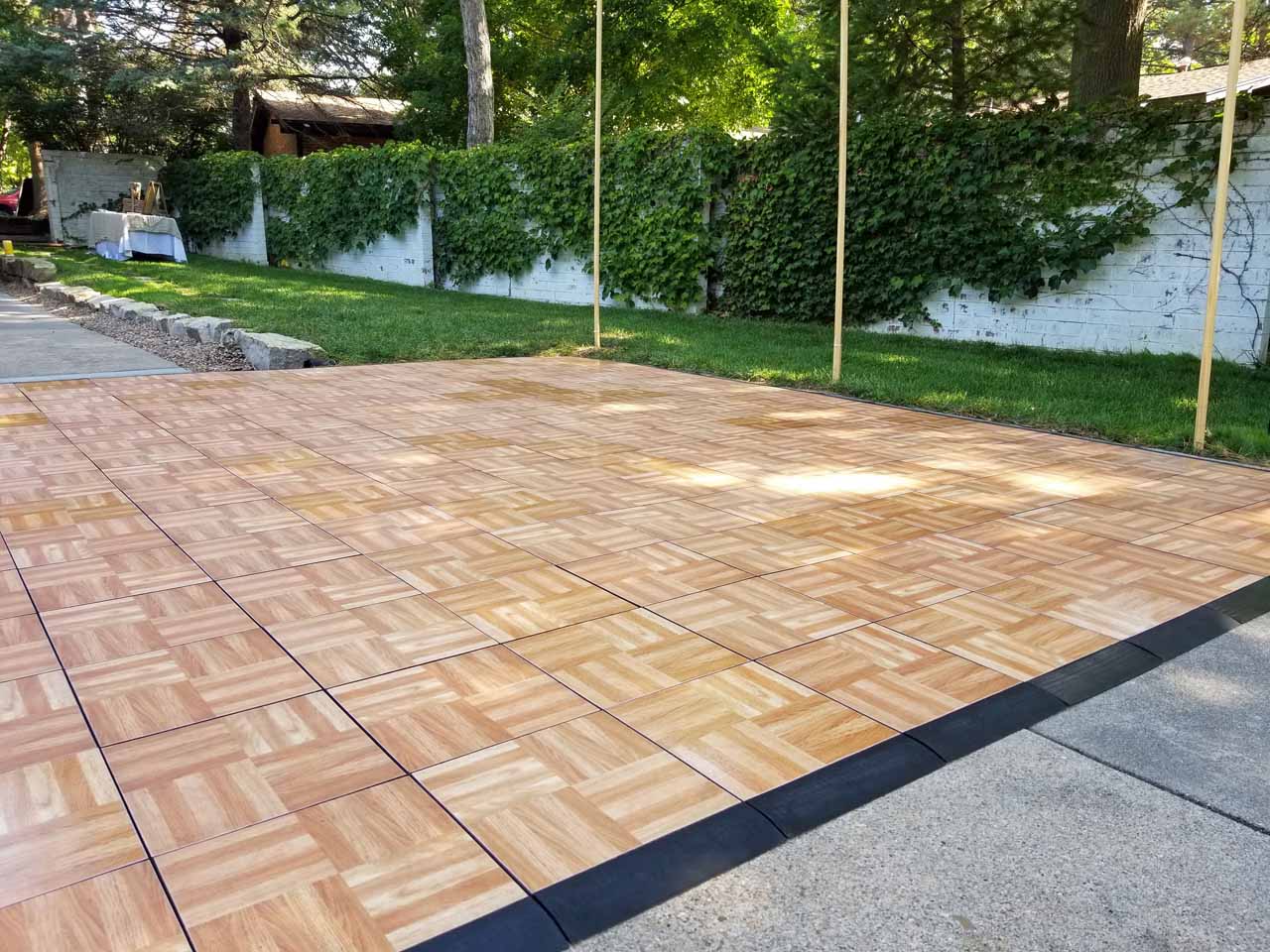
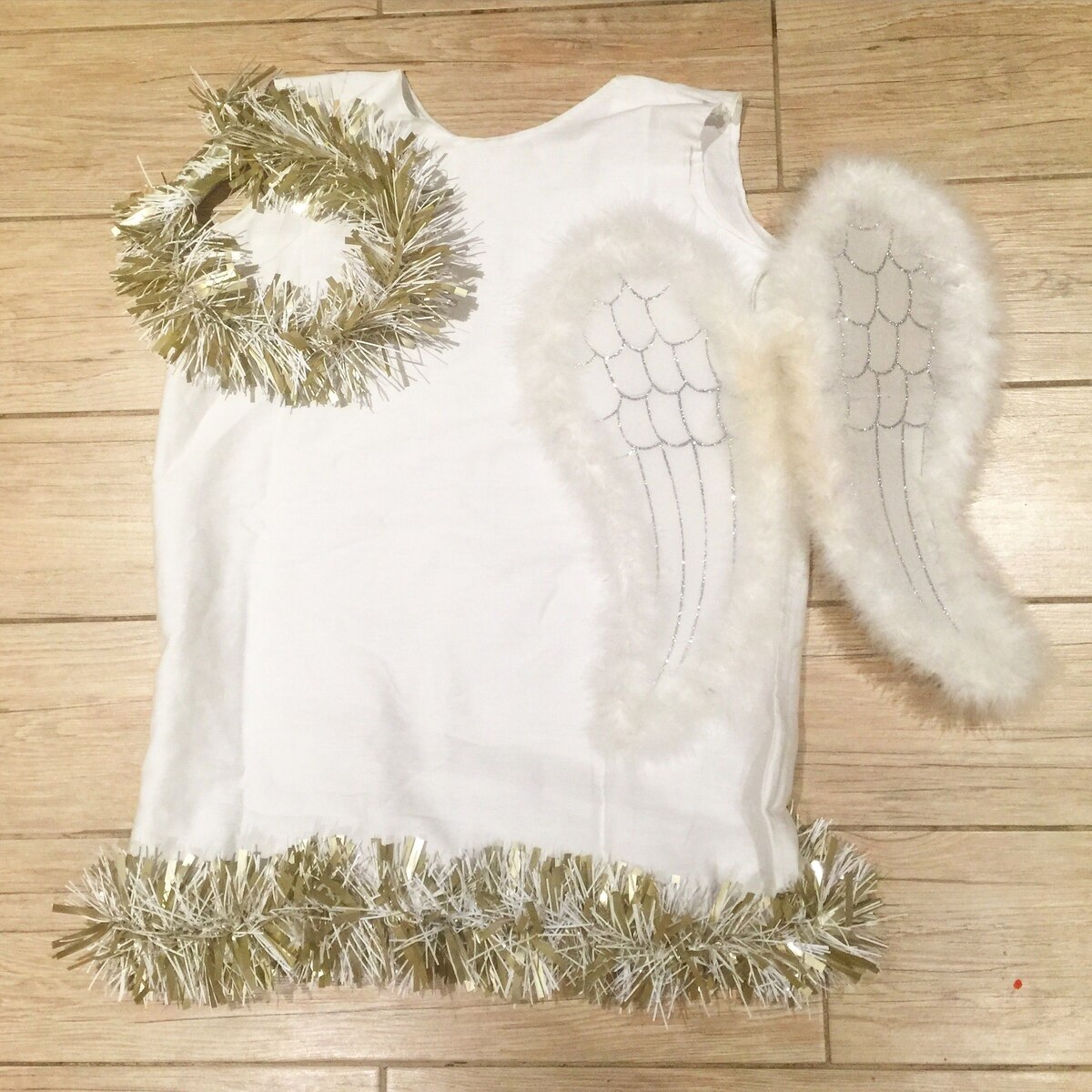




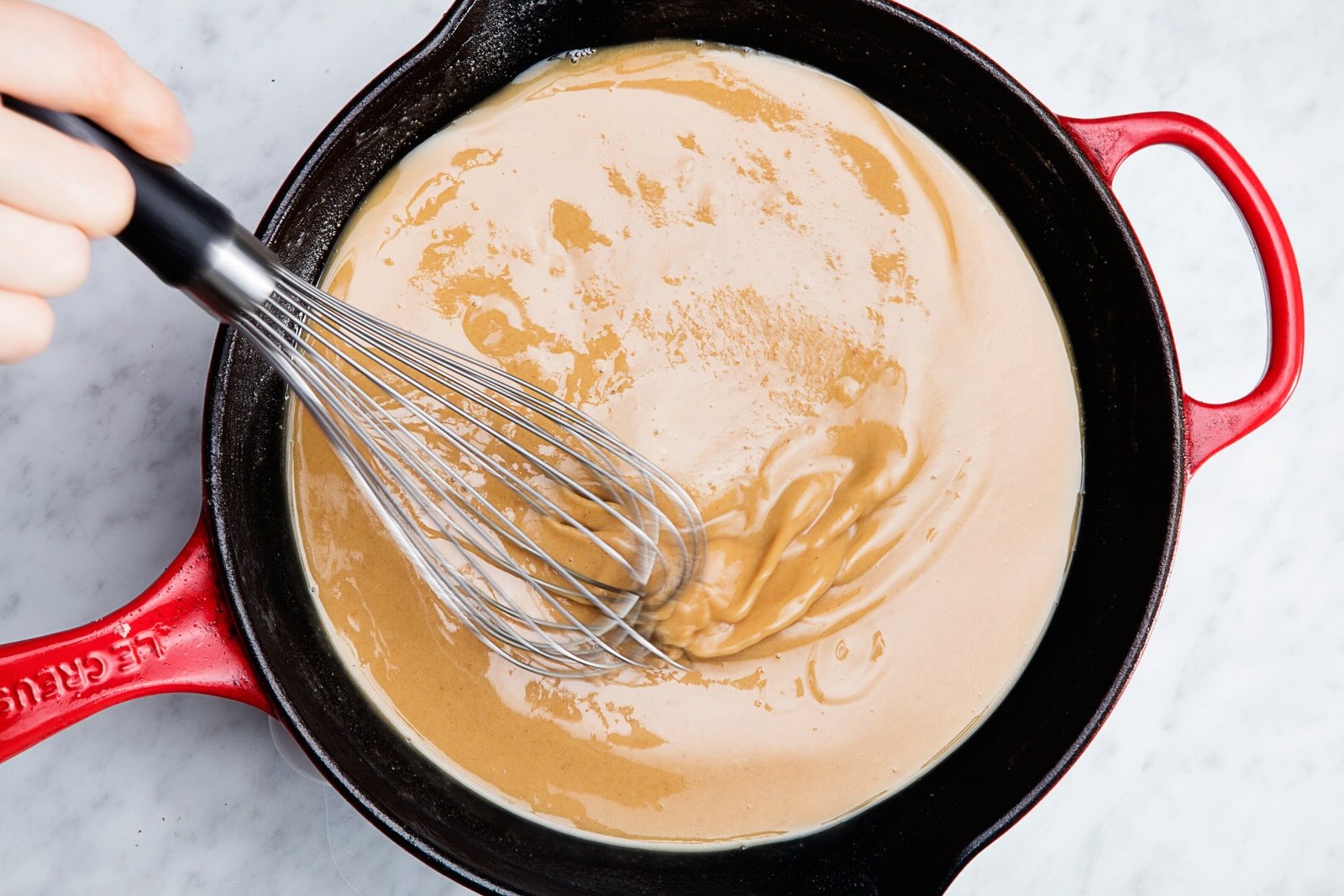
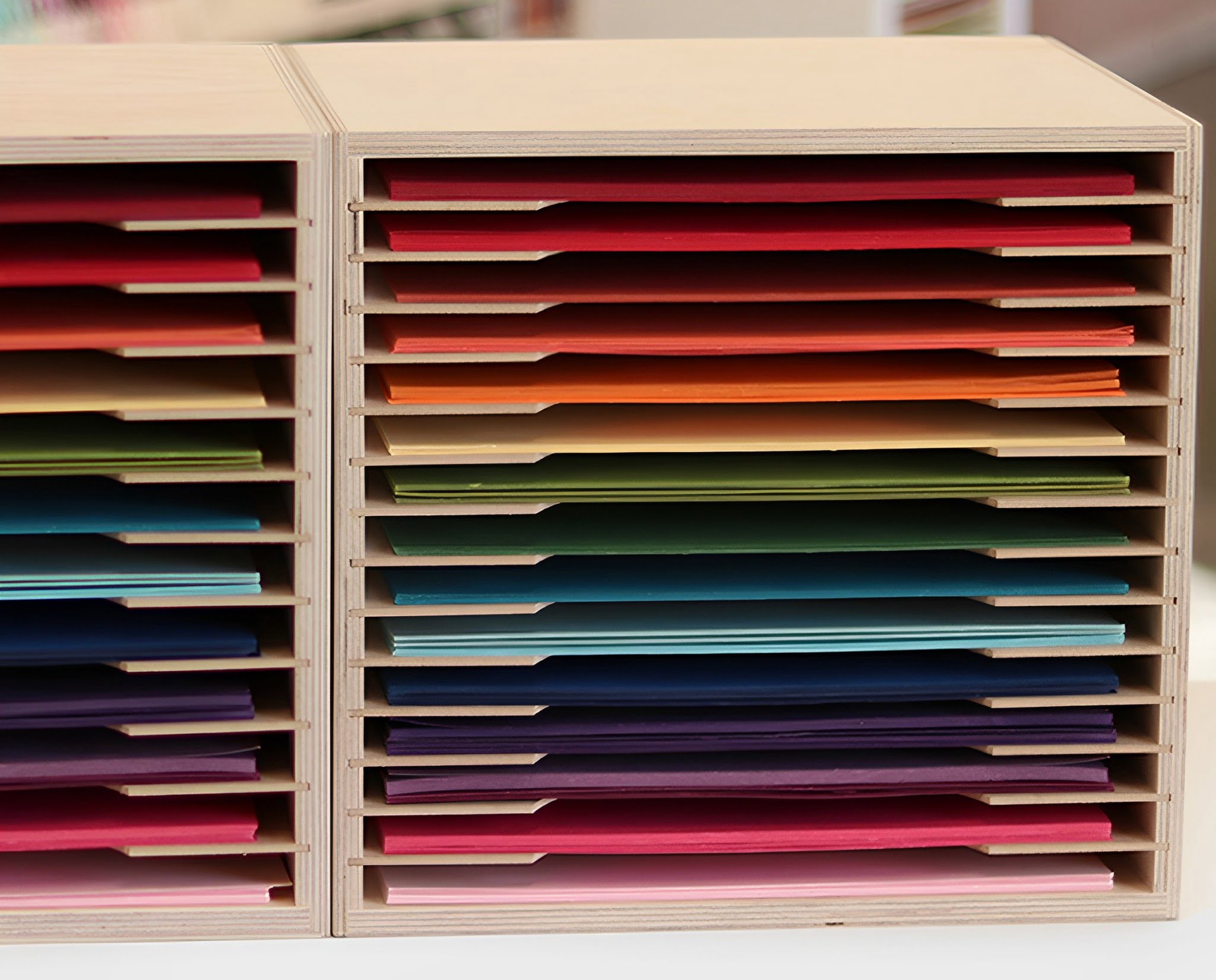




0 thoughts on “How To Store Dance Costumes”